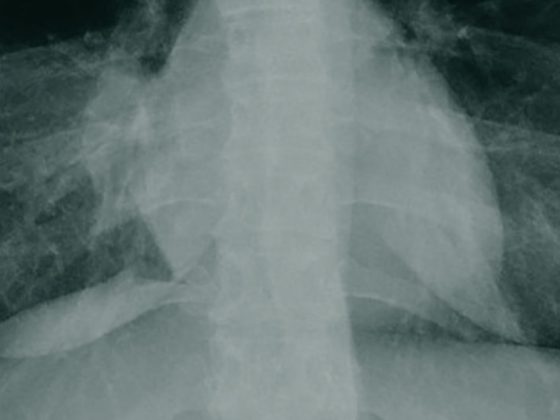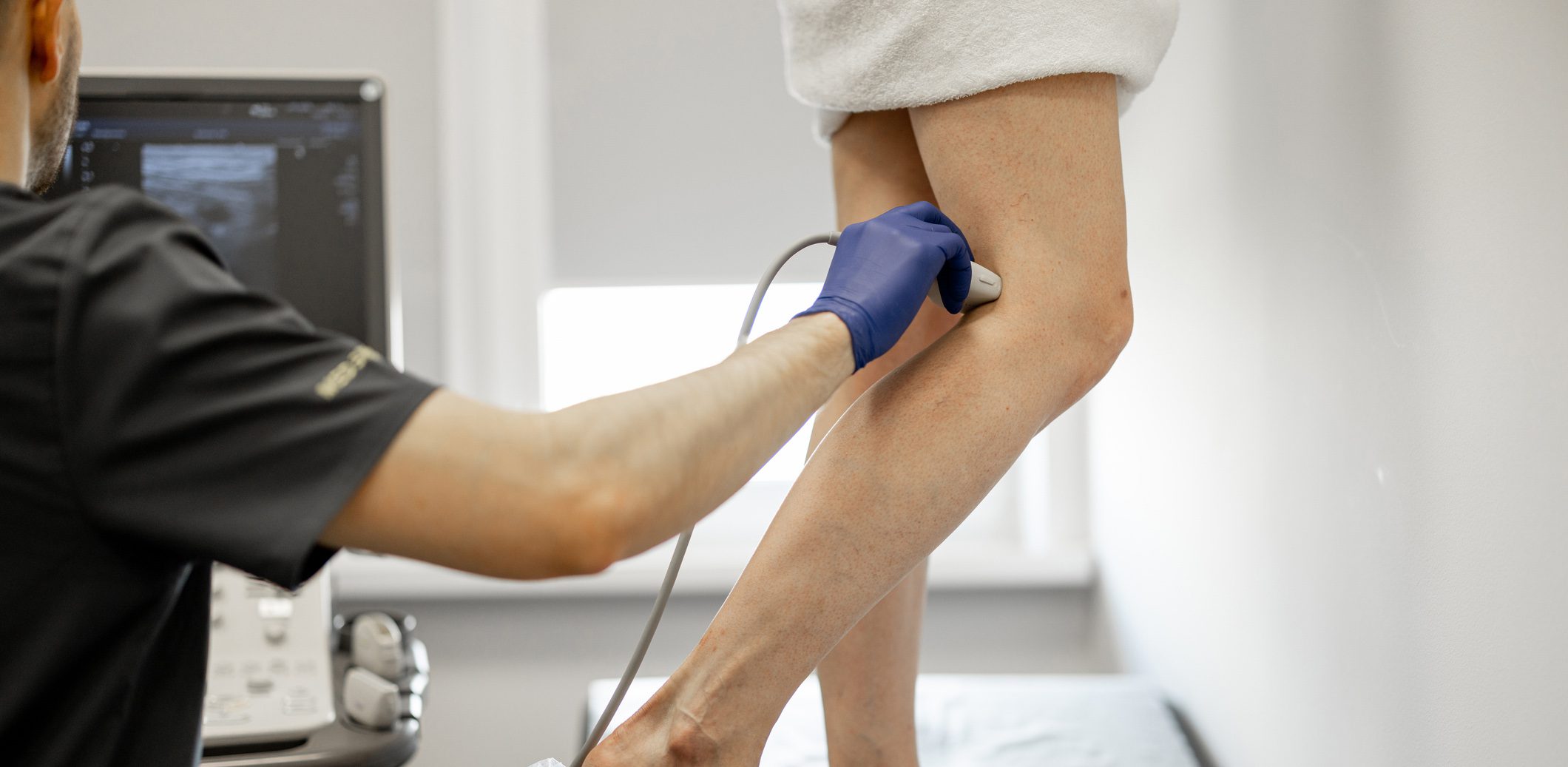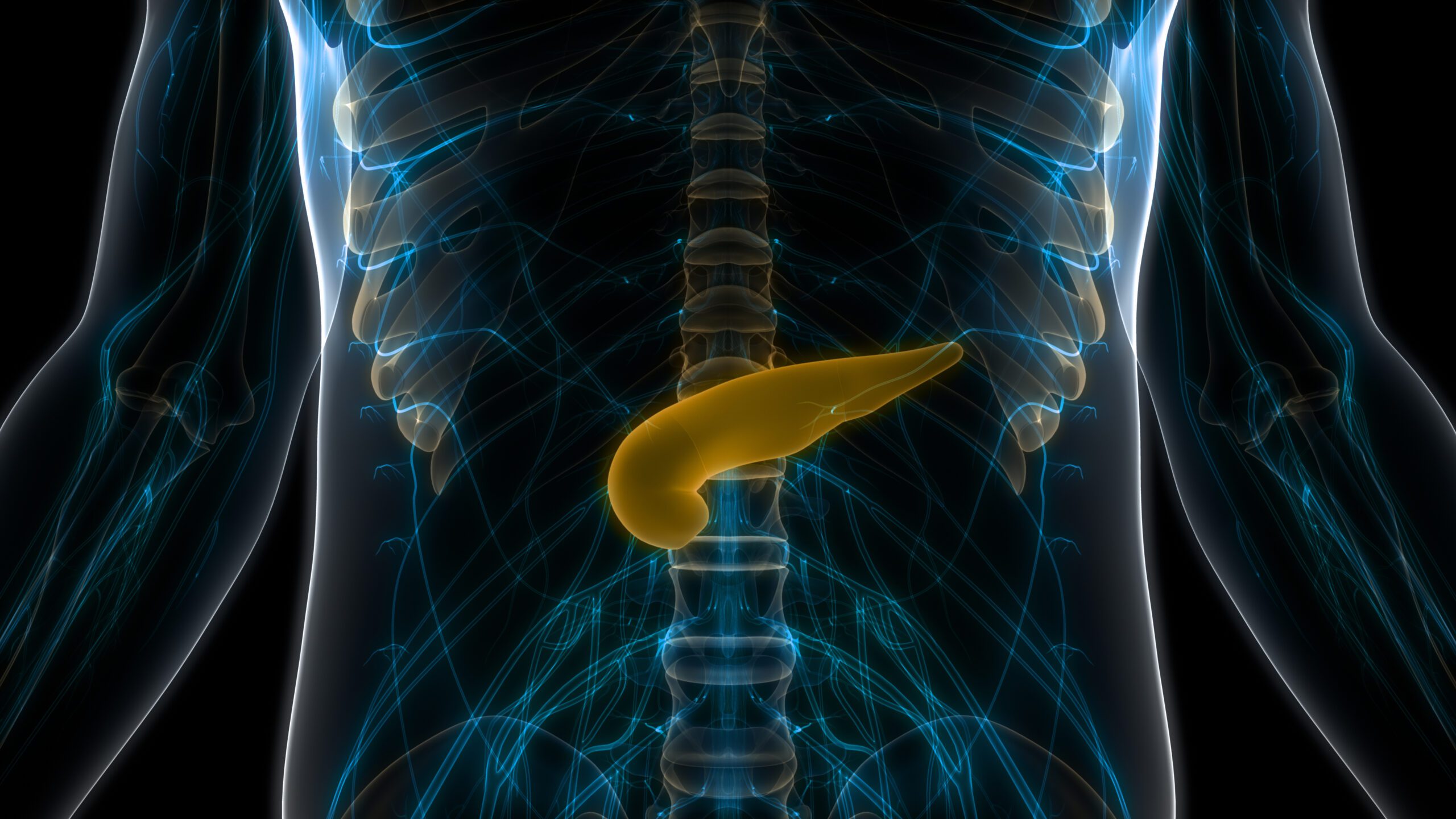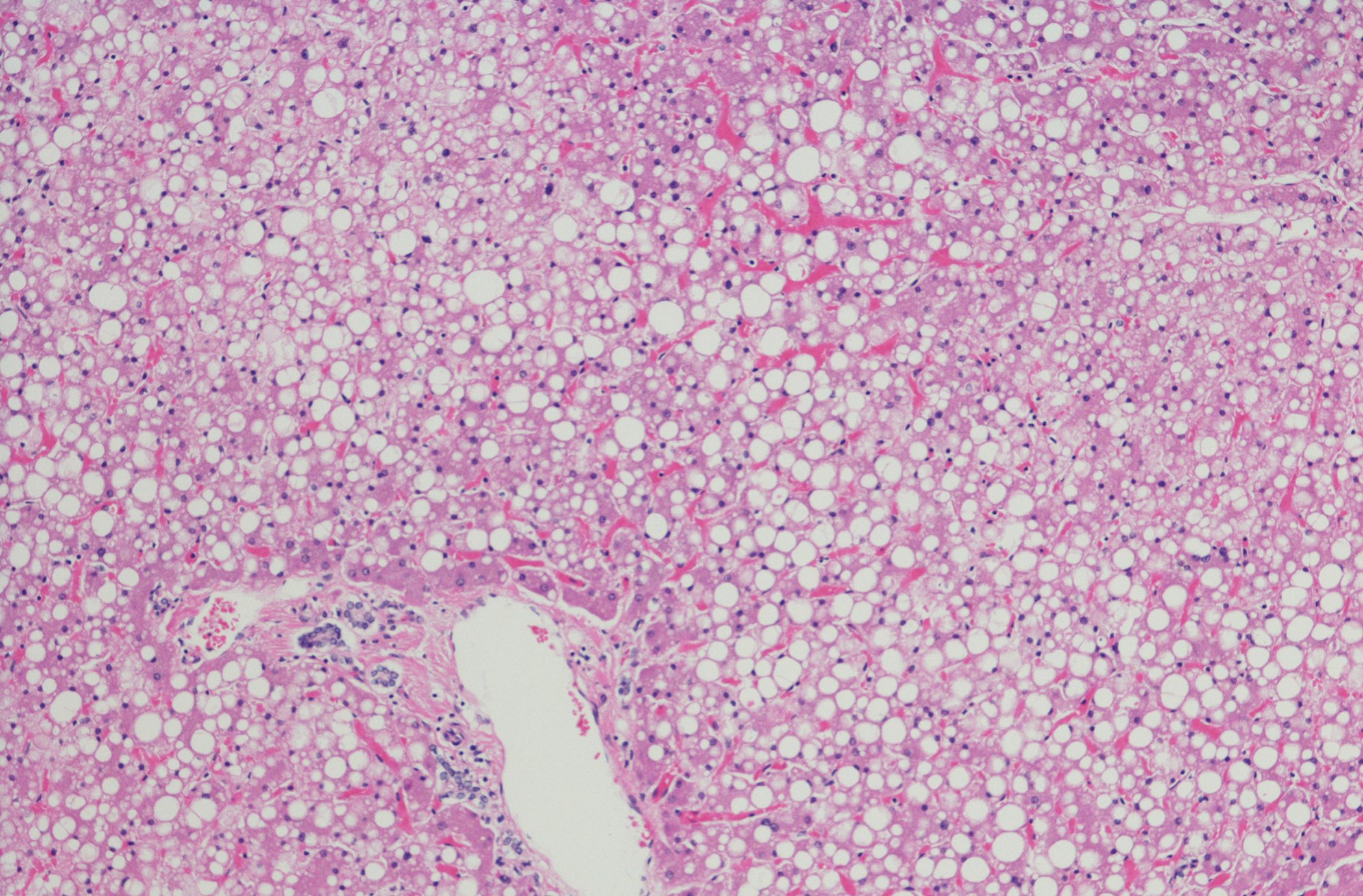Constipation is very unpleasant for those affected and leads to a significant reduction in quality of life. Most patients want quick and effective relief from discomfort. Staged therapy is recommended for chronic constipation. Conventional and osmotic laxatives are proven drug interventions. The product spectrum is broad, and it is worth taking a closer look at the mechanisms of action.
In chronic constipation, symptoms have persisted for at least three months and at least two of the following leading symptoms are present: heavy straining, lumpy or hard stools, subjective incomplete defecation, subjective obstruction, manual maneuvers to facilitate defecation more than every fourth defecation, or fewer than three bowel movements per week. “In most cases, it is a functional constipation or an irritable bowel syndrome of the constipation type; defecation disorders and ‘slow transit’ constipation are rare,” explains PD Emanuel Burri, MD, Head of Gastroenterology, Baselland Cantonal Hospital [1]. The therapeutic goal is primarily a reduction of the complex of complaints associated with unsatisfactory defecation; the achievement of a regular stool frequency is of secondary importance [1–4].
The most important therapy principles at a glance
Increasing abdominal volume by filling the colon triggers propulsive motility, which can be increased by stimulant laxatives. Another therapeutic target is the alteration of reabsorption by osmotic laxatives. The effect of the first- and second-choice laxatives recommended by the German Society of Gastroenterology, Digestive and Metabolic Diseases, which are used when general measures are not effective, is based on these two mechanisms (Fig. 1) .

General measures are the basis of any constipation therapy. These include adequate fluid intake, although this should be adapted to individual circumstances (e.g., consider tolerated drinking volume in patients with heart failure and/or renal insufficiency). Another important factor is age-appropriate regular exercise; inactivity must be avoided. A high fiber diet is key, 20-30 g of fiber daily can help relieve constipation symptoms. Dietary fiber can be taken as a bulking and swelling agent in the form of wheat bran, flaxseed, and psyllium and psyllium husks. Dietary fiber swells with simultaneous absorption of water and develops its laxative effect by increasing the volume in the intestine. However, adverse associated symptoms such as bloating and abdominal cramping may occur, which reduces adherence.
Laxatives increase intestinal volume and stimulate intestinal peristalsis
According to the guideline, macrogols, sodium picosulfate, and bisacodyl are the laxatives of first choice for the treatment of chronic constipation; they are classic laxatives whose effect is primarily based on an increase in stool volume. If these classic laxatives are not effective, it is recommended to use osmotically acting sugars and sugar alcohols. The mechanism of these agents is that water is osmotically retained in the intestinal lumen, which prevents thickening of the feces, increasing the volume of the intestinal contents and promoting propulsive peristalsis. The following is an overview of the main representatives of conventional and osmotic laxatives (Table 1) [1–4]:
Macrogol binds the water with which it is ingested via polar oxygen atoms with high affinity. This increases the volume of stool in the intestine. The filling-induced distension causes neuromuscular stimulation of propulsive colonic motility and leads to the initiation of defecation. Macrogol is only minimally absorbed. Disturbances of the fluid and electrolyte balance could not be detected. Addition of electrolytes is not necessary.
Bisacodyl and sodium picosulfate are converted into their active form by intestinal bacteria. Diphenols cause an increase in intestinal volume by inhibiting the absorption of water and sodium, decrease stool consistency by increasing the secretion of water and potassium, and also act as a contact relaxant with stimulation of reflex peristalsis. When used as directed, potassium levels remain constant; when overused, potassium deficiency may occur. Use should be limited to once or twice a week.
Lactitol is broadly comparable to lactulose. Lactitol and lactulose are degraded by colon bacteria in the large intestine to low molecular weight fatty acids. Thus, lactic, acetic, propionic and butyric acids as well as gases are formed from lactulose. In addition to the increase in osmotic pressure, the acid action causes a pH change and irritation of sensory neurons with stimulation of peristalsis.
Mannitol is also an osmotically acting laxative. It is a natural sugar alcohol. Mannitol is poorly absorbed and increases the water content in the colon for osmotic reasons. Thus, it stimulates intestinal movements and makes the stool softer and more slippery.
Saline laxatives such as magnesium hydroxide are rather discouraged in the guideline because of the risks of side effects. The same applies to castor oil and kerosene oil (risk of lipid pneumonia).

Irritable bowel syndrome as a common cause of chronic constipation
Besides idiopathic functional constipation, irritable bowel syndrome with constipation is the most common cause of chronic constipation. Irritable bowel syndrome subsumes nonspecific functional bowel disorders. The diagnosis is made after exclusion of an organ pathologic cause using the Rome criteria: recurrent abdominal pain for ≥1 day per week during the past three months with symptom onset before >6 months. These complaints are associated with at least two of the following symptoms: Discomfort associated with defecation, change in stool frequency, and/or change in stool consistency. In addition, at least two of the following symptoms are present: Discomfort associated with defecation, change in stool frequency, change in stool consistency.
Literature:
- Burri E: Chronic constipation. PD Emanuel Burri, MD, FOMF General and Internal Medicine, April 06, 2020.
- AWMF: S2k-Leitlinie Chronische Obstipation: Definition, Pathophysiologie, Diagnostik und Therapie, www.awmf.org (last accessed Feb. 10, 2021).
- Swiss Drug Compendium, https://compendium.ch (last accessed Feb. 10, 2021).
- Buck T: Topic Constipation. When nothing works anymore. Deutsche Apothekerzeitung 2017, www.deutsche-apotheker-zeitung.de (last accessed Feb. 10, 2021).
HAUSARZT PRAXIS 2021; 16(2): 32-33












